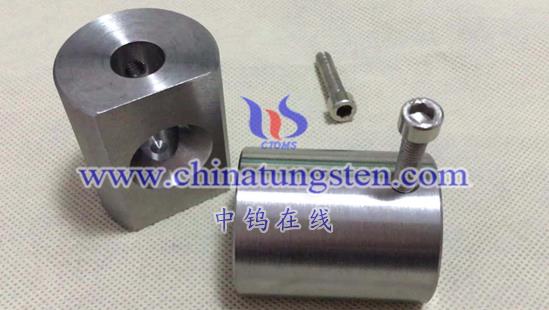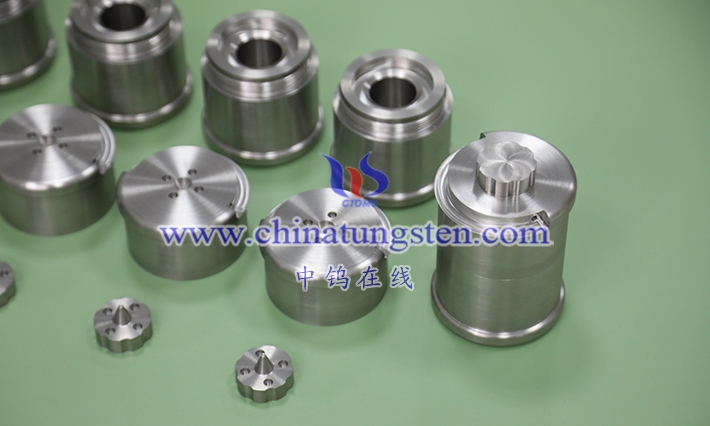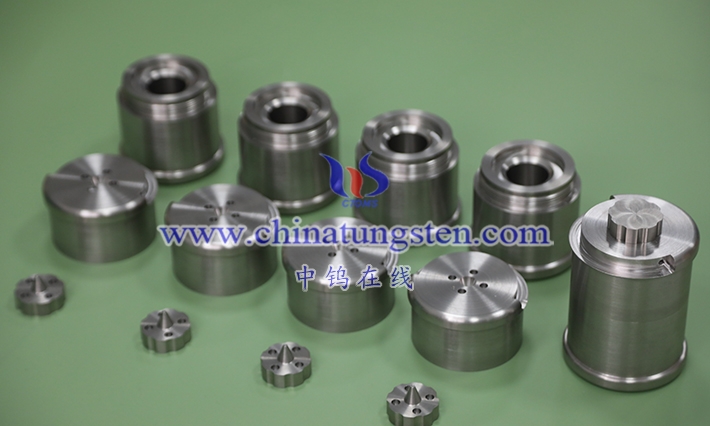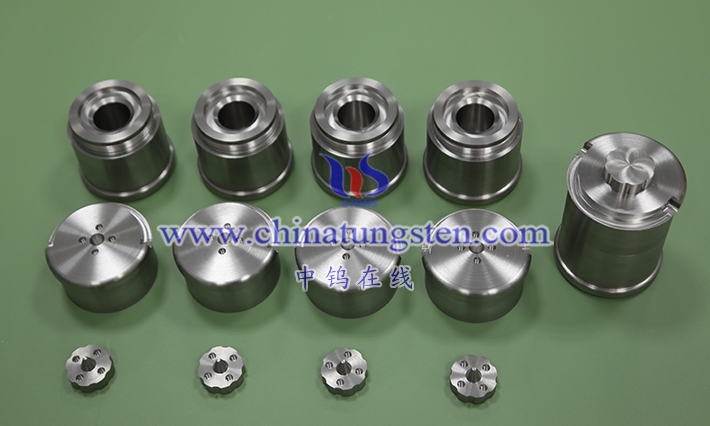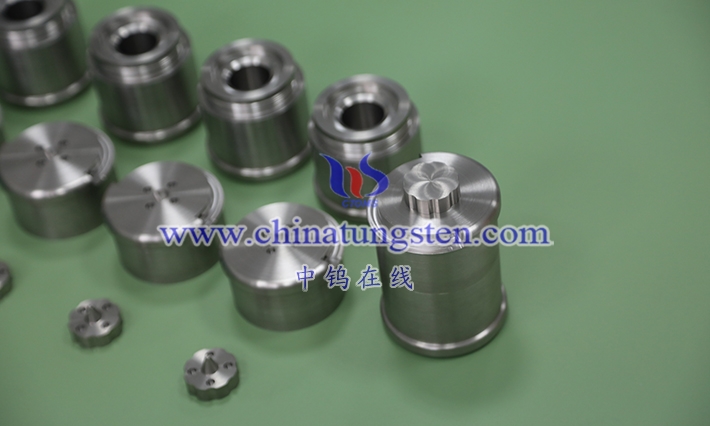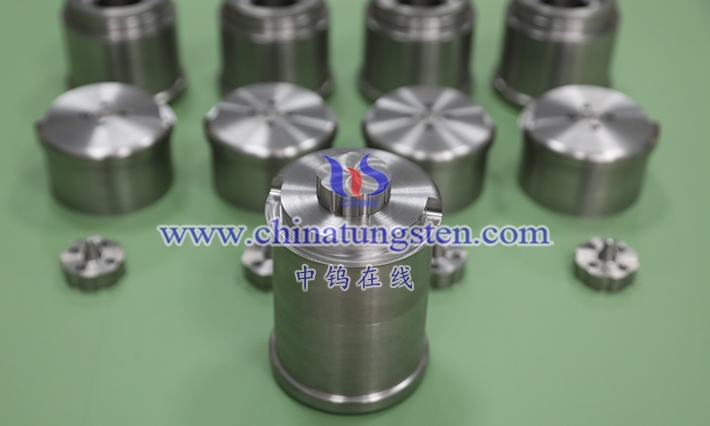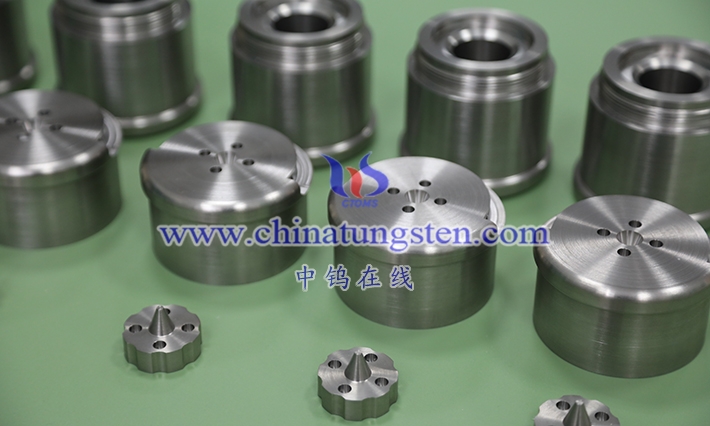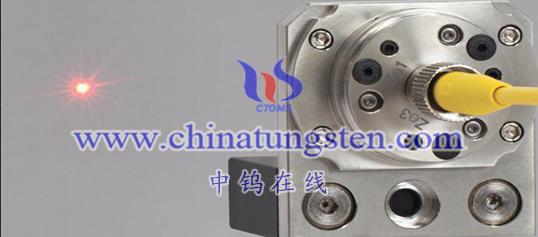
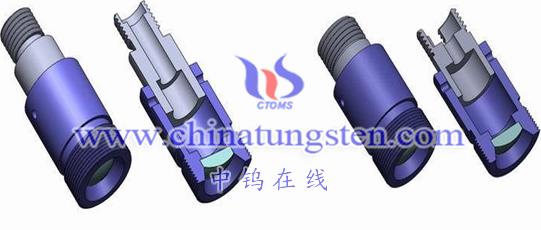
High-density tungsten alloy collimators are widely used in the medical field. The following is a specific analysis of its application in the medical field:
- Radiotherapy
Radiation therapy is one of the most important applications of high-density tungsten alloy collimators in the medical field. Radiation therapy is the treatment of malignant tumors and some benign diseases using radiation energy to kill or control the growth of cancer cells. As a key component of medical accelerators, high-density tungsten alloy collimators can accurately control the direction and range of rays, improve treatment effects and reduce damage to surrounding normal tissues.
- Precise irradiation: The high-density tungsten alloy collimator can accurately irradiate the radiation beam to the tumor area and reduce the irradiation of surrounding normal tissues. By precisely controlling the direction and range of radiation, collimators can improve the accuracy and effectiveness of tumor treatment.
- High dose distribution: The high-density tungsten alloy collimator has excellent physical properties and radiation absorption capabilities, and can achieve high dose distribution. This helps improve the treatment effect on tumors while reducing damage to surrounding normal tissue.
- Multiple treatment modes: High-density tungsten alloy collimators are suitable for a variety of radiation treatment modes, such as conventional radiotherapy, stereotactic radiotherapy, three-dimensional conformal radiotherapy, etc. These treatment modes enable precise irradiation based on the size and shape of the tumor, improving treatment effectiveness.
- Medical imaging diagnosis
High-density tungsten alloy collimators are also widely used in medical imaging diagnosis, mainly including CT scanning, X-ray detection, etc. The collimator can accurately control the direction and range of rays, improving imaging quality and detection accuracy.
- High-resolution imaging: High-density tungsten alloy collimators can improve the resolution of medical images, allowing doctors to diagnose conditions more accurately. By precisely controlling the direction and range of rays, collimators reduce scattering and reflection, improving image clarity and resolution.
- Multiple inspection modes: High-density tungsten alloy collimators are suitable for a variety of medical imaging inspection modes, such as conventional X-rays, digital X-rays, computed tomography, etc. These examination modes can accurately diagnose different conditions and improve the accuracy and reliability of diagnosis.
- Safety: High-density tungsten alloy collimators are environmentally friendly and safer for the human body than traditional lead shielding. This helps reduce the risk of radiation exposure to medical staff and patients and improves the safety and reliability of medical care.
- Nuclear medicine

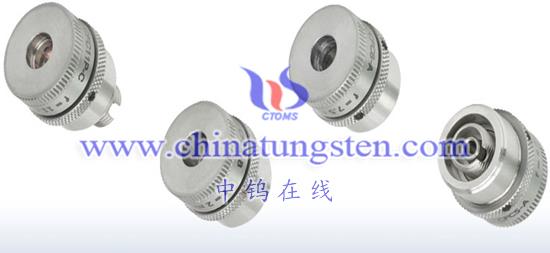
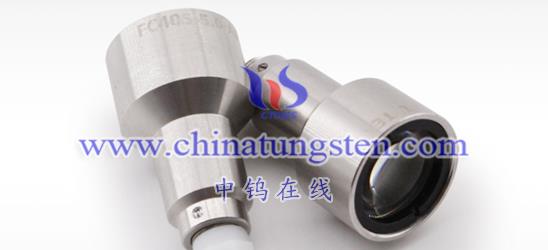
Nuclear medicine is a field of medicine that uses nuclear technology to diagnose and treat diseases. High-density tungsten alloy collimators also have important applications in nuclear medicine, mainly including radioactive tracers, nuclide imaging, etc.
- Tracer application: High-density tungsten alloy collimators can be used as carriers of radioactive tracers. Radioactive materials are encapsulated in the collimator and then inserted into the body or organs. By measuring the distribution and dynamic changes of radioactive substances, the function and metabolism of organs can be understood, which is helpful for the diagnosis and treatment of diseases.
- Nuclide imaging: High-density tungsten alloy collimators can be used as detector components for nuclide imaging to image the distribution of radionuclides in the body. By measuring the nuclide distribution at different time points, we can understand the changes and development trends of the lesion, which is helpful for the early detection of the disease and the evaluation of treatment effects.
In summary, high-density tungsten alloy collimators are widely used in the medical field, including radiotherapy, medical imaging diagnosis, and nuclear medicine. Its ability to precisely control the direction and range of rays improves the accuracy and reliability of treatment and diagnosis, while ensuring the safety of medical staff and patients.
